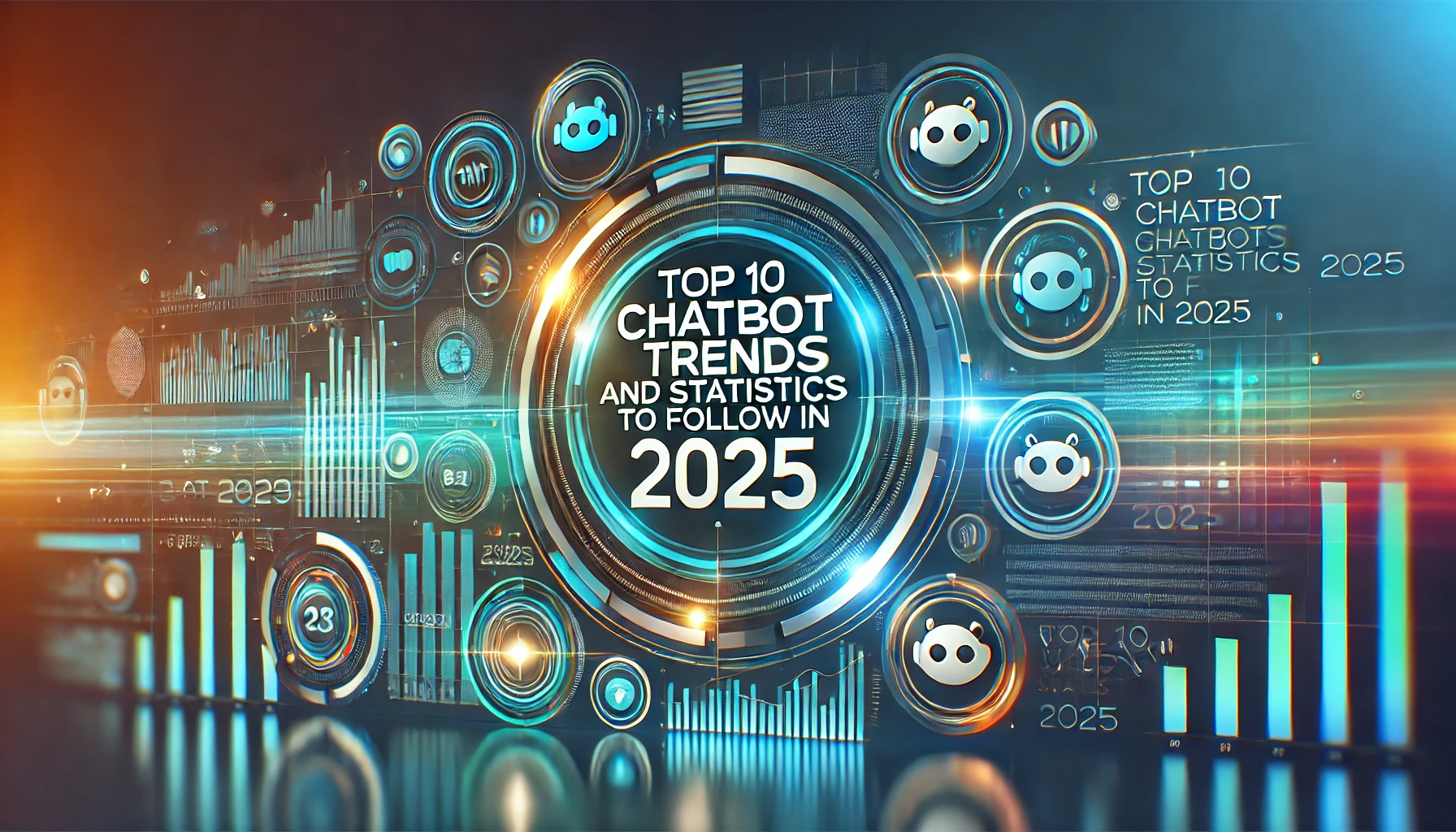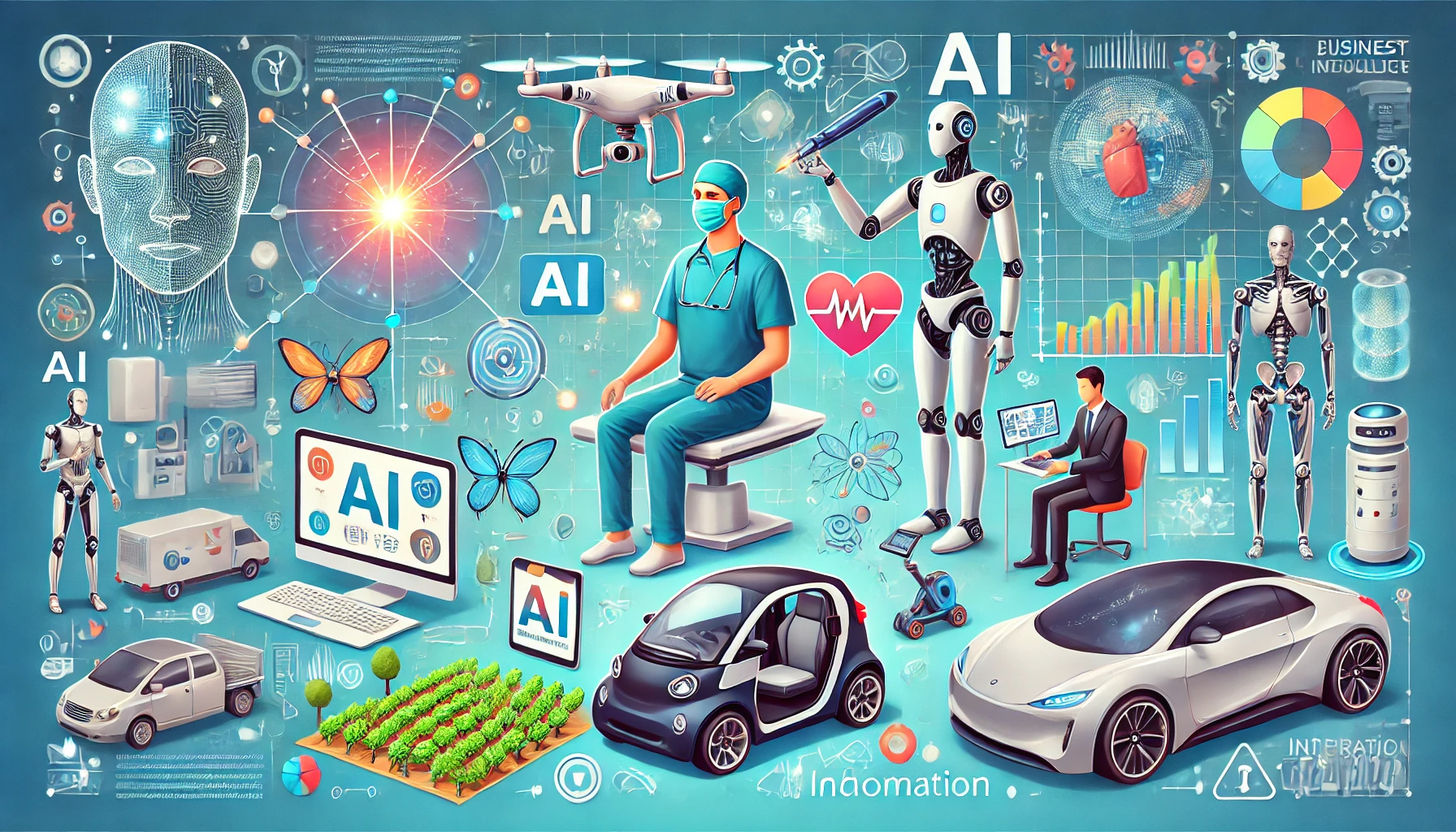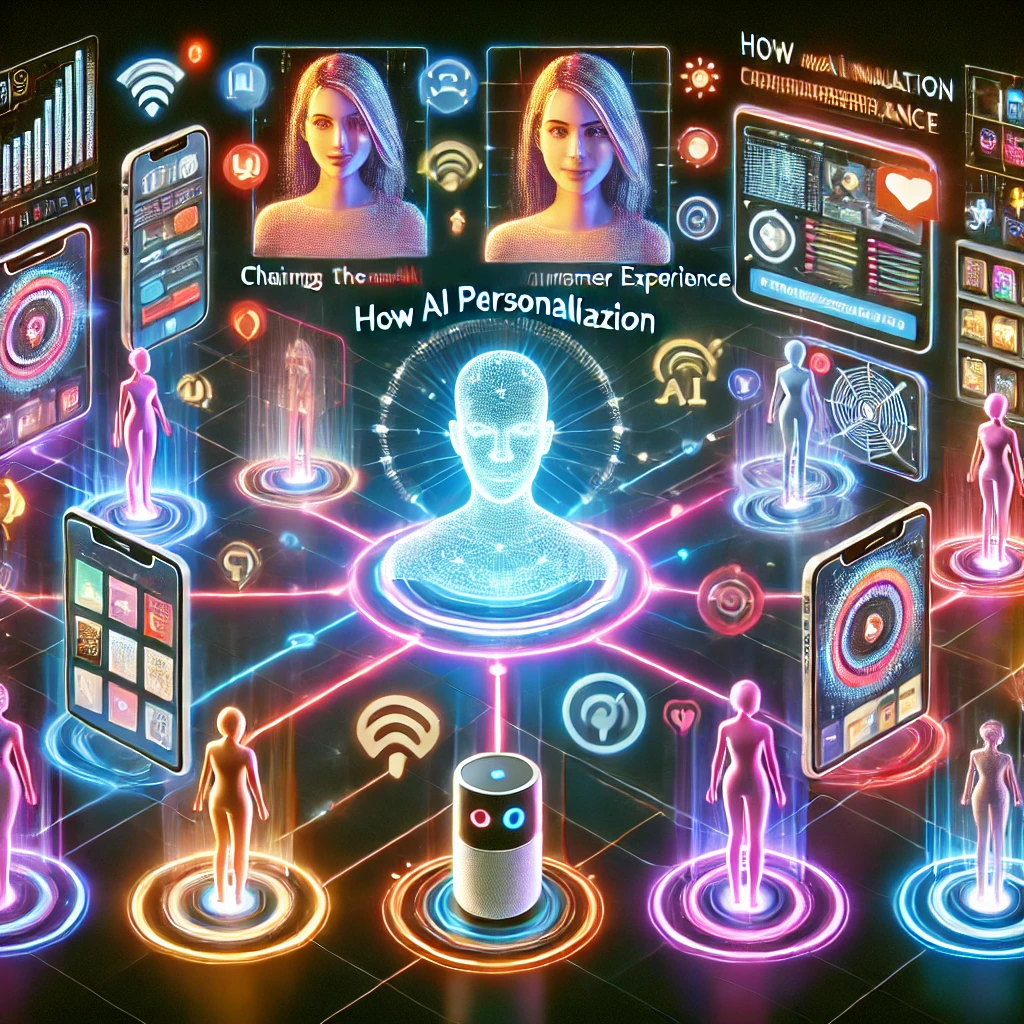Top 10 Chatbot Trends and Statistics to Follow in 2025

Strong 8k brings an ultra-HD IPTV experience to your living room and your pocket.
Chatbots are reshaping how businesses and individuals interact with technology. Their ability to automate tasks, provide personalized assistance, and maintain 24/7 availability has made them indispensable across industries.
As we approach 2025, some trends and statistics offer a glimpse into where chatbots are headed and what we can expect in the coming years.
1. Create a Conversational Chatbot
The demand for chatbots that mimic natural conversations is skyrocketing. Unlike traditional bots with rigid scripts, conversational chatbots can engage in meaningful dialogue, respond fluidly, and even anticipate user needs.
For instance, if a user contacts a food delivery chatbot, they might ask about available dishes, dietary options, or delivery timing. A well-designed conversational chatbot will manage these transitions seamlessly, creating a smooth and satisfying experience. These bots are increasingly being adopted across customer service platforms, reflecting a growing preference for interactions that feel natural and intuitive.
2. Chatbots in Education
Education is seeing a major transformation with AI chatbots becoming part of the learning ecosystem. They assist students by answering questions, providing feedback, and even acting as virtual tutors.
For example, students can ask a chatbot about complex math problems or historical events and receive detailed responses tailored to their understanding level. Similarly, universities use chatbots for administrative purposes, like handling queries about admissions or course details. In comparison to traditional methods of student support, chatbots are quicker, more accessible, and cost-effective.
Gamification is another exciting application of chatbots in education. Interactive chatbots now engage students with quizzes, challenges, and rewards, making learning enjoyable and engaging.
3. Privacy and Data Protection
Privacy concerns remain a significant focus as chatbots handle increasingly sensitive information. Users are becoming more cautious about where and how their data is stored and shared, pushing businesses to prioritize secure chatbot frameworks.
For instance, chatbots operating in the healthcare and financial sectors must comply with strict data protection regulations such as HIPAA or GDPR. This means adopting practices like encryption, anonymization, and secure authentication protocols to maintain user trust. The ability to balance personalization with privacy will likely define successful chatbot implementations in 2025.
4. Chatbots on Social Media
Social media platforms are leveraging chatbots to create interactive, real-time experiences for users. Brands are using AI to handle customer queries, promote products, and even execute transactions directly on platforms like Instagram, Facebook Messenger, and WhatsApp.
For instance, a beauty brand might deploy a chatbot that helps users find the right skincare product by asking about their skin type and concerns. Similarly, a travel company could use a chatbot on WhatsApp to provide itinerary suggestions and booking links. Chatbots on social media simplify interactions, allowing businesses to engage with users where they already spend much of their time.
5. Multimodality in Chatbots
The concept of multimodal AI is transforming chatbots, enabling them to interpret and respond to text, voice, images, and videos simultaneously. This capability is particularly beneficial for industries like retail, where customers often want visual references during their inquiries.
For example, a user might send an image of a dress to an e-commerce chatbot and ask if it’s available in other colors or sizes. In the same way, voice commands could be combined with text-based questions for a more interactive experience. By integrating multimodal capabilities, chatbots can provide faster and more relevant responses, improving user satisfaction.
6. Enhanced Customer Experience
AI chatbots are increasingly personalizing customer interactions, making them feel tailored and meaningful. A term like AI soulmate maker encapsulates this idea—creating bots that feel uniquely aligned with individual users’ needs.
For instance, an AI-powered wellness chatbot might remember a user’s preferences for mindfulness exercises or their favorite self-care tips. Similarly, customer service bots can address users by name, reference past purchases, and recommend products based on browsing history. These features ensure that every interaction feels personal and valuable.
7. Chatbots Will Be More Human
As natural language processing (NLP) and machine learning advance, chatbots are becoming more adept at mimicking human speech patterns. This includes understanding slang, cultural nuances, and emotional tones.
For example, a customer frustrated with a delayed order might receive an empathetic response acknowledging their frustration before offering a solution. This approach makes bots more relatable, especially in industries where empathy and understanding are critical, such as mental health support or customer complaints.
Likewise, chatbots are learning to adapt their communication style to suit the user. Whether someone prefers a formal tone or casual language, AI can now adjust its responses accordingly.
8. Custom AI Models for Businesses
Generic chatbots are giving way to custom AI models that cater to specific industries or business needs. These tailored bots are built to understand industry-specific terminology, workflows, and customer expectations.
For instance, a real estate chatbot might assist users in finding properties, understanding market trends, and scheduling viewings, while a healthcare bot might focus on symptoms, treatments, or appointment bookings. This customization allows businesses to provide more relevant and efficient services, fostering greater customer satisfaction.
Additionally, localized chatbots are gaining traction, designed to understand regional languages and cultural nuances. This trend is particularly impactful in multilingual countries or global businesses seeking to connect with diverse audiences.
9. Specialized Chatbots
Specialized chatbots are emerging to address niche requirements, making them indispensable in specific fields. From bots that assist with legal advice to those that guide home workouts, the variety is growing.
AI tool directories are becoming valuable resources for businesses and individuals seeking specific chatbot solutions. These directories categorize bots based on their functionalities, industries, or target audiences, simplifying the search process. For instance, someone looking for a bot to streamline project management can easily find recommendations through such platforms.
Specialized chatbots not only solve unique problems but also highlight how diverse AI applications have become.
10. Chatbots Will Automate Payments
Chatbots are now automating payments, creating a frictionless experience for users. Whether booking a hotel room, purchasing a product, or subscribing to a service, users can complete transactions directly within the chat interface.
For instance, a food delivery chatbot could allow users to order and pay without switching apps. By integrating secure payment gateways and multi-factor authentication, these bots ensure convenience without compromising safety. This trend is particularly relevant for e-commerce, where streamlining the checkout process can significantly impact sales.
Conclusion
Chatbots are evolving rapidly, becoming smarter, more adaptable, and increasingly essential across industries. From transforming education to improving customer interactions and automating payments, they are setting new standards for how we interact with technology.
As businesses and developers continue to push the boundaries of AI, chatbots will undoubtedly become more integrated into our lives, bridging the gap between convenience and personalization. Those who keep up with these trends will be well-positioned to take full advantage of what this technology has to offer in 2025 and beyond.
Note: IndiBlogHub features both user-submitted and editorial content. We do not verify third-party contributions. Read our Disclaimer and Privacy Policyfor details.





